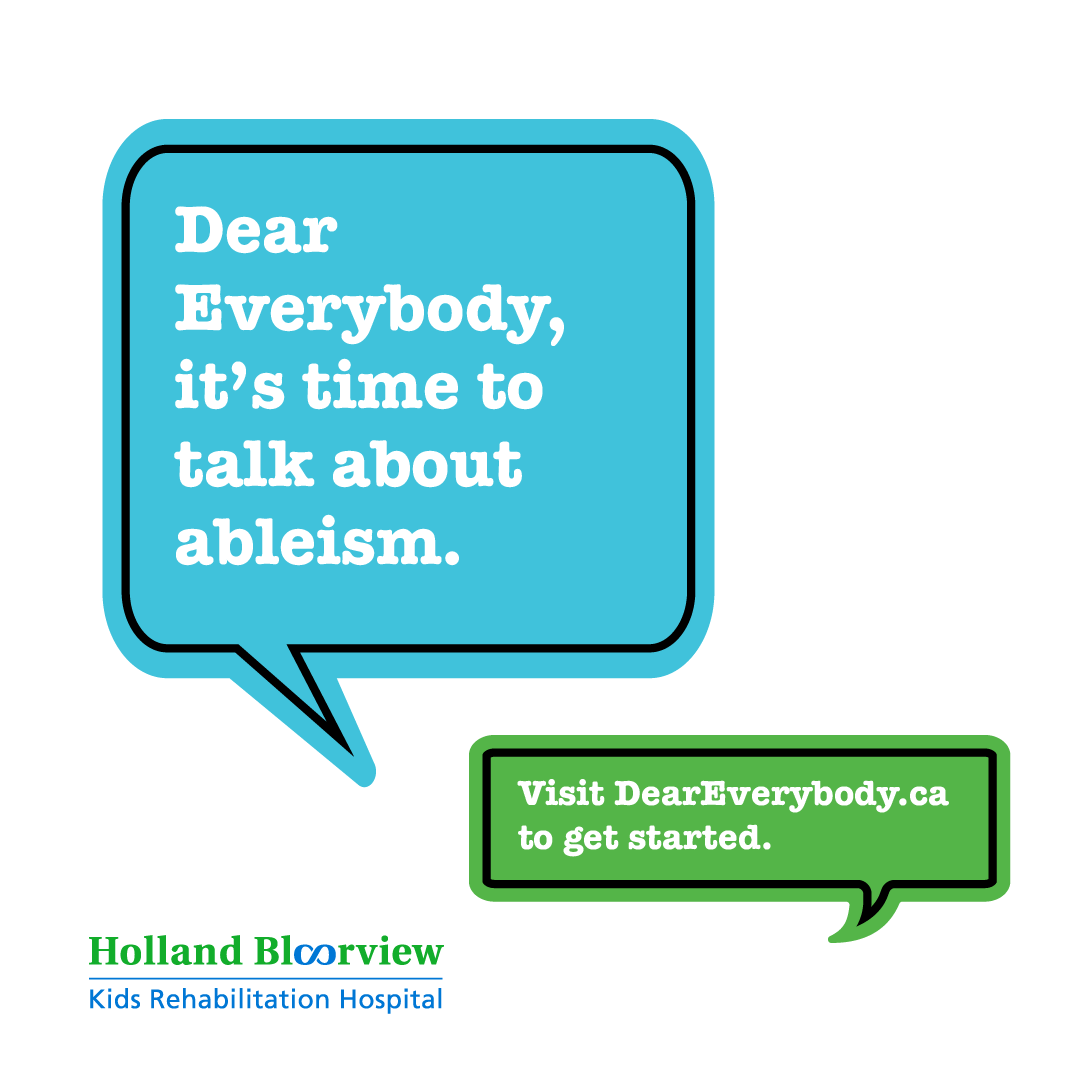Understand
that disability is part of life and not inherently tragic or inspirational and as an educator you are uniquely positioned to help students re-think their understanding of disability.
Expect a lot
from students with disabilities when helping them create good lives.
Listen
and actively seek input from students with disabilities in goal setting and decision making.
Learn
what your students with disabilities like to do and incorporate those activities in the classroom.
Adapt
group activities (such as field trips and sports) so all students can participate, without exception. This means all students participate in the same activity and use their strengths to contribute to the activity’s success.
Help
students learn how to communicate with others about their disability and advocate for their needs
and goals when they choose.
Include
curriculum content created by or for people with disabilities so all students see themselves
reflected in the classroom.
Make
every day a new opportunity to build on the strengths of students with disabilities who
are experiencing challenges.
Foster
a climate of acceptance, belonging, friendship, and kindness in your classroom and school.
Recognize
all forms of bullying and address them.
Ensure
students receive all supports they require in their accommodation plans.
Plan
physical spaces and desk arrangements to accommodate supportive equipment and different learning styles.
Consider
using accommodations like visual schedules for the entire class, instead of exclusively for
students with disabilities.
Identify
barriers, like doors without access buttons, and discuss how we can find solutions.


